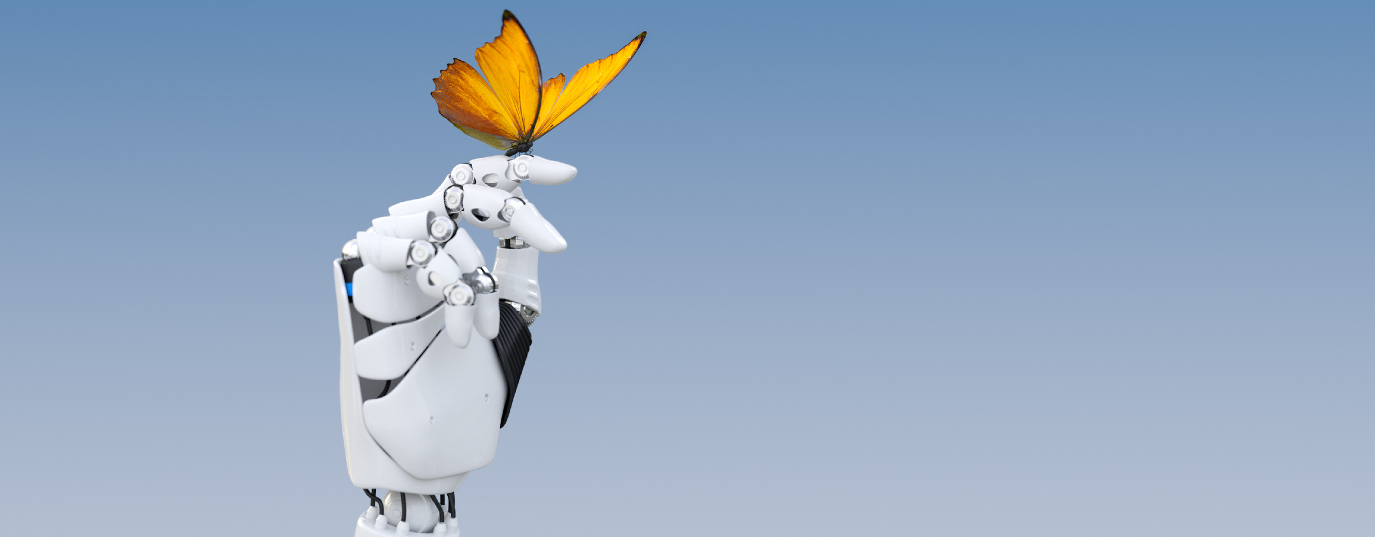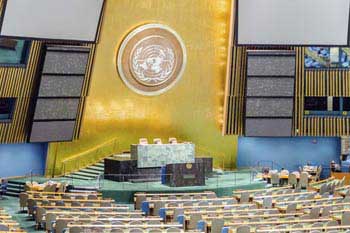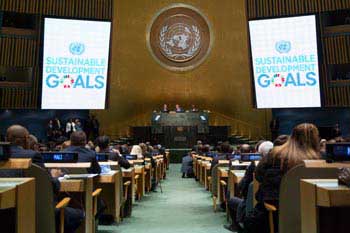The alliance between Artificial Intelligence and sustainable development
Artificial Intelligence can contribute to sustainable development by helping to predict errors and plan Sustainable Development Goals more effectively
Artificial Intelligence (AI) is the ally that sustainable development needs to design, execute, advise and to plan the future of our planet and its sustainability more effectively. Technology like AI will help us build more efficiently, use resources sustainably and reduce and manage the waste we generate more effectively, among many other matters.
Combining AI with sustainable development will help all industries to design a better planet, addressing current needs without compromising future generations due to climate change or other major challenges. In the following video, we will show you some of the ways in which Artificial Intelligence is already currently being used to create a sustainable world.
Artificial Intelligence and Sustainable Development Goals
According to a study published in Nature, AI could help achieve 79 % of the Sustainable Development Goals (SDGs). As we saw in the video, this technology could become a key tool for facilitating a circular economy and building smart cities that use their resources efficiently.
A clear example of AI's contribution to sustainability is traffic management. Applying Artificial Intelligence in urban mobility allows traffic jams to be predicted and alternative routes to be suggested. With shared mobility, this technology predicts vehicle demand by zone and time. This means that companies can organise the availability of vehicles for citizens based on their needs. This solution not only facilitates mobility, but also minimises its environmental impact.
The alliance between Artificial Intelligence and a sustainable economy
AI can also help enhance the efficiency of renewable energies. Companies are already using this technology to find out the daily availability of energy-generating facilities (wind turbines, hydraulic plants, biomass plants etc.), in order to predict the energy production required to be produced in the coming days and, ultimately, to prevent and diagnose breakdowns.
Beyond the energy sector, there are many industries and businesses that can improve thanks to AI, all while helping the planet. In agriculture, for example, it is used to make irrigation and fertilisation more efficient. Thanks to humidity, temperature and fertilisation sensors, Artificial Intelligence is able to predict crops' needs. The most innovative solutions within agricultural sustainability are drones that help farmers with surveillance, in addition to hyperspectral image analysis for comprehensive pest control.
Artificial Intelligence in error prediction
For the industry, as we saw in the video, Artificial Intelligence offers more efficient storage, manufacturing and distribution systems. What's more, in manufacturing, artificial vision systems also make it possible to identify errors in assembly lines that are invisible to the human eye, as well as safety faults or potential disasters.
The latter aspect is particularly important in industries such as construction, where safety is essential. An example of using AI to achieve greater sustainability is the technology that has been developed in tunnel boring machines, which are particularly complex machines. A breakdown can stop all or a significant part of underground work in its tracks. AI takes centre stage in this project as a kind of oracle. It processes the continuous information of 3,000 variables to predict when a fault may occur. The economic savings and efficiency in the drilling of large-scale tunnels will be unprecedented. Artificial Intelligence is therefore a key element in terms of predicting errors and minimising problems that may affect sustainable development.
The alliance between Artificial Intelligence and a sustainable economy has only just begun. What other AI uses do you think will tip the balance in favour of a more sustainable planet?





